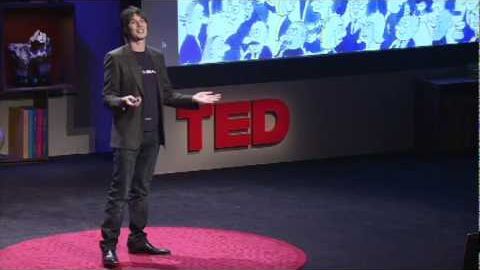CERNのスーパーコライダーについてのブライアン・コックス(中国語と英語の両方の字幕 (Brian Cox 談歐洲核子研究組織的超級對撞機 (中英雙字幕))
ツインテール が 2021 年 01 月 14 日 に投稿  この条件に一致する単語はありません
この条件に一致する単語はありませんUS /fɔrs, fors/
・
UK /fɔ:s/
- n.軍隊;力;強制;武力;影響力;勢い;警察
- v.t.強要する;こじ開ける;促成栽培する
- n.分野;畑;野原;フィールド;戦場;フィールド;場
- v.t.答える;守備につく;出場させる;捕球する
- adj.野外の
US /ˈjunəˌvɚs/
・
UK /ˈju:nɪvɜ:s/
- n. (c./u.)宇宙;領域;世界;(コンピューター)仮想世界
US /ˈstændəd/
・
UK /'stændəd/
- n.(度量衡の)基本単位;規範
- adj.水準の;標準語の
エネルギーを使用
すべての単語を解除
発音・解説・フィルター機能を解除

